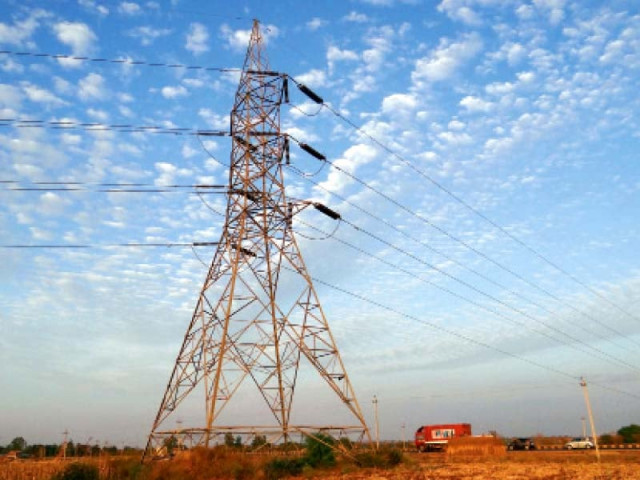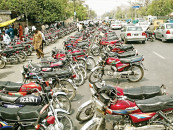Load-shedding makes lives of people a living hell
State minister tells Senate efforts being made to correct technical faults, arrange fuel for power plants

With the rise in mercury levels to historic highs, up to 10-hour load-shedding in different cities of the country has made the lives of people a living hell.
According to reports, there was no electricity for a longer duration in those parts of the country where the people could not afford to pay inflated bills.
The posh areas of Karachi, the capital of Sindh, where load-shedding is hardly witnessed was also hit by three-time hourly power outages throughout the day. Other parts of the city are without electricity for two hours three times a day.
The Power Division on Tuesday said the power generation capacity in the country stood at 20,178 megawatts against the total demand of 25,500MW, reflecting a shortfall of 5,332MW.
According to the power generation breakup, 4,900MW was being generated from hydropower, 1,062MW from government-owned thermal plants, 10,164 MW from private sector power plants, 1,521MW from wind power plants, 118MW from solar plants, 142MW from Bagasse-based plants and 2,271MW from nuclear power plants.
Read More: Pindi faces water shortage, load-shedding
Meanwhile, the upper house of parliament took notice of the long durations of load-shedding in the country and sought a reply from the state minister for power.
Muhammad Hashim Notezai informed the Senate that the government was trying hard to reduce power load-shedding in the country.
During the Question Hour, the state minister said that efforts were being made to correct technical faults and arrange fuel, in sufficient quantity, for power plants to fulfil the electricity needs of the country.
He said that during the last five years, the Public Sector Development Programme funds have not been allocated to K-Electric (KE) for transmission lines from Karachi to Lasbela.
The minister said that the KE was rehabilitating the existing 132kV Transmission-Line from Hub Chowki to Vinder, 66kV Transmission Line from Vinder to Bela grid in a phased manner.
Under phase-1, over 97% of the project had been completed and it was expected to be completed by June 2022.
While under phase-II, over 92% of the project had been completed and it was expected to be completed by September 2022.
Notezai said that the KE was planning to construct new transmission lines and upgrade grids in Vinder, Uthal and Bela from 66 kV to 132 kV level in order to further strengthen its network in Balochistan region as part of the KE's investment plan.
The state minister said that in this respect, the project’s plan was shared with the Balochistan government. However, the project's execution was delayed owing to approval of Rights of Way from the Balochistan government and other agencies.
He said that the KE team was rigorously following up with the Balochistan government for necessary approvals.
Notezai said that the above project would significantly help improve reliability of power supply in the region and to fulfil the future load demand in the region. He said that despite above challenges, the KE was geared up to complete the project to ensure improving reliability of power supply in the region and seek support from the provincial and the federal government on the matter.



















COMMENTS
Comments are moderated and generally will be posted if they are on-topic and not abusive.
For more information, please see our Comments FAQ